What is a Civet? An Introduction to These Fascinating Mammals
Civets are often enigmatic creatures, rarely seen yet playing a vital role in ecosystems across Africa and Asia. Belonging to the family Viverridae, they aren’t cats, dogs, or even closely related to either, despite sometimes being called ‘civet cats’. They represent a unique lineage of small to medium sized mammals with a history stretching back to millions of years. This article will delve into the world of civets, exploring their biology, behavior, ecology, and their complex relationship with humans.
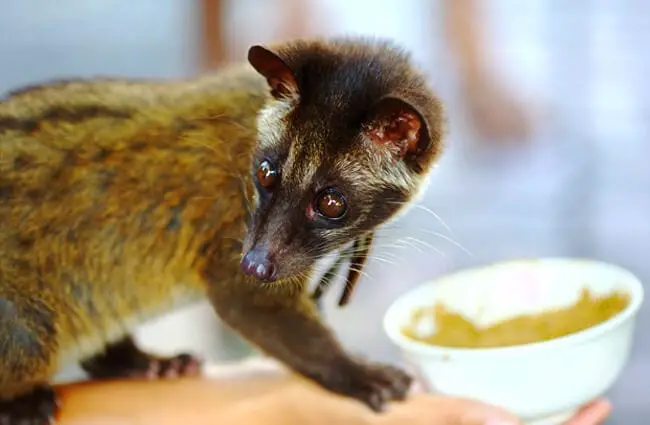
A Family of Diverse Species
The term ‘civet’ encompasses over a dozen species, each adapted to its specific environment. The African civet (Civettictis civetta) is the largest and most well known, famed for its potent musk used in perfumery. However, numerous Asian palm civets (genus Paradoxurus), Himalayan palm civets (Paguma larvata), and other species exhibit a remarkable diversity in size, coloration, and habitat preference. These animals generally range in size from around 2 to 6 kilograms, with body lengths varying between 50 and 75 centimeters, excluding the tail.
Habitat and Distribution
Civets are found throughout tropical forests, woodlands, grasslands, and even cultivated areas of Africa and Asia. Their distribution reflects their adaptability, although habitat loss and fragmentation increasingly pose threats to many populations.
The African civet enjoys a wider range, inhabiting sub Saharan Africa. Asian palm civets are prevalent in South and Southeast Asia, from India and Sri Lanka to Indonesia and the Philippines. The Himalayan palm civet prefers higher altitudes, ranging across the Himalayan foothills and parts of China. Each species has specific preferences, influencing its distribution within these broad regions.
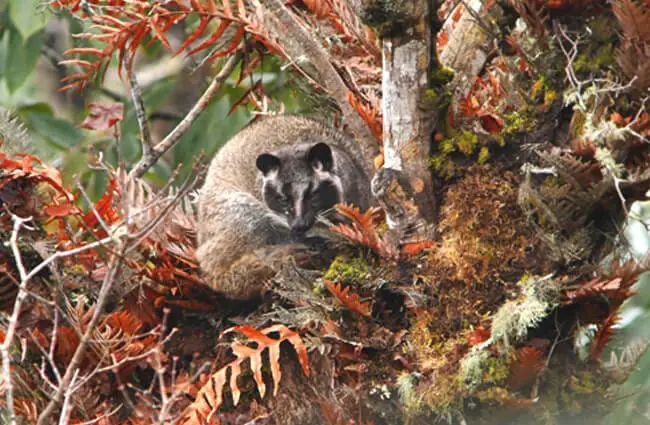
Evolutionary History
The evolutionary origins of civets trace back to the Paleocene epoch, over 56 million years ago. Early viverrids, the family to which civets belong, were small, arboreal carnivores. Over millions of years, these animals diversified, giving rise to the various species we see today. Fossil evidence suggests that civets likely originated in Asia and subsequently spread to Africa. Their evolutionary success is attributed to their adaptability, opportunistic feeding habits, and relatively small size, allowing them to thrive in diverse environments.
Diet and Feeding Habits
Civets are true omnivores, exhibiting a remarkably varied diet. Their meals include fruits, insects, small vertebrates, eggs, and even carrion. The African civet is particularly noted for its fondness for fruits, playing a crucial role in seed dispersal. Asian palm civets are famous for consuming coffee cherries, and in some regions, their partially digested coffee beans are collected and sold as “civet coffee” (Kopi Luwak), a highly sought after, and often controversially produced, beverage.
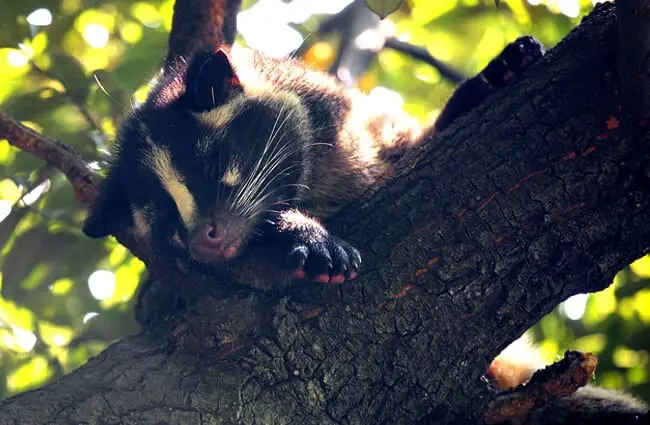
They are primarily nocturnal hunters, using their keen sense of smell and hearing to locate prey. Their digestive systems are efficient at processing a wide range of foods, allowing them to capitalize on seasonal abundance.
Behavior and Social Structure
Most civets are solitary animals, except during mating season or when females are raising young. They are territorial, marking their ranges with scent glands and feces. Communication occurs through scent marking, vocalizations, and body language. They are adept climbers and spend a considerable amount of time in trees.
The African civet is known for its unique defensive mechanism: it can eject a foul smelling secretion from its anal glands when threatened, deterring potential predators. This secretion is also the source of the civet musk used in perfumery, historically obtained through a controversial practice of capturing and milking civets.
Mating and Reproduction
Civets typically have one to two litters per year, with gestation periods varying depending on the species. Litter sizes range from one to four young. Young civets are born in dens, often located in hollow trees or rocky crevices. The mother provides all the care for her offspring, nursing them for several months. Young civets begin to explore their surroundings and learn hunting skills at a young age, eventually becoming independent at around six to twelve months old.
Ecological Role and Interactions
Civets play a vital role in their ecosystems. As seed dispersers, they contribute to forest regeneration. They also help control populations of insects and small vertebrates. Their scavenging habits contribute to nutrient cycling.
They interact with other animals in various ways. They can be preyed upon by larger carnivores such as leopards and pythons. They sometimes compete with other carnivores for food. Their presence can also influence the behavior of other animals, such as attracting scavengers with their scent.
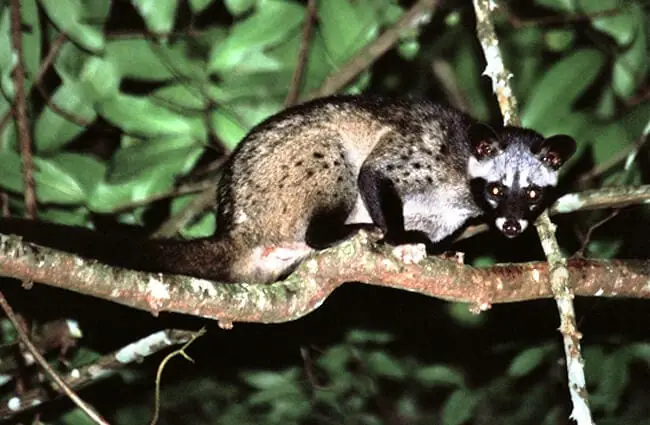
Civets and Humans
The relationship between civets and humans has been complex and often fraught with conflict. Historically, civet musk was highly valued in perfumery, leading to the capture and exploitation of civets. Today, this practice is increasingly discouraged, with synthetic alternatives available.
Civets are sometimes considered pests in agricultural areas, where they may raid crops. However, their ecological benefits often outweigh these negative impacts. In some regions, civets are hunted for bushmeat, posing a threat to their populations. Conservation efforts are crucial to ensure the long term survival of these fascinating mammals.
Encountering a Civet in the Wild: What to Do
If you are lucky enough to encounter a civet in the wild, observe it from a distance. Avoid approaching or disturbing the animal. Do not offer it food, as this can alter its natural behavior. If you are hiking or camping, store food securely to prevent civets from being attracted to your campsite.
Caring for Civets in Captivity
Civets require specialized care in captivity. They need spacious enclosures that mimic their natural habitat, with plenty of climbing opportunities and hiding places. Their diet should be varied and balanced, consisting of fruits, insects, meat, and other appropriate foods. They require mental stimulation to prevent boredom and behavioral problems. It is essential to provide them with veterinary care and monitor their health closely.
Interesting Facts about Civets
- Civets are not cats, despite often being called ‘civet cats’. They belong to their own family, Viverridae.
- The African civet has the largest anal scent glands of any mammal.
- Asian palm civets are known for their role in the production of Kopi Luwak, a unique coffee.
- Civets are important seed dispersers, contributing to forest regeneration.
- They are primarily nocturnal, using their keen senses to navigate and hunt in the dark.
Civets are remarkable creatures, playing a vital role in their ecosystems and captivating observers with their unique characteristics. By understanding their biology, behavior, and ecological role, we can better appreciate and protect these fascinating mammals for generations to come.

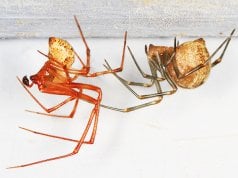
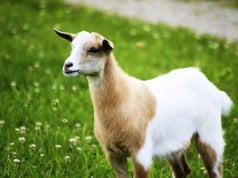


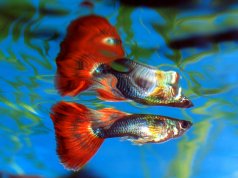
![Red Angus Closeup of a beautiful Red Angus cowPhoto by: U.S. Department of Agriculture [pubic domain]https://creativecommons.org/licenses/by/2.0/](https://animals.net/wp-content/uploads/2020/03/Red-Angus-4-100x75.jpg)

